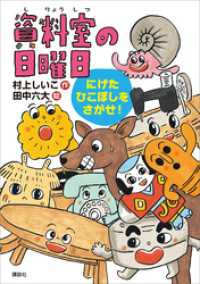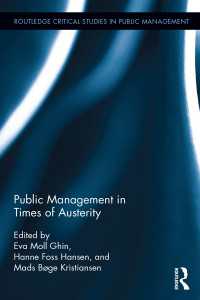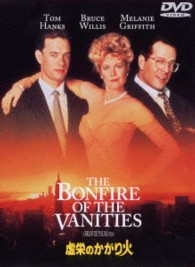Description
Through accessible language and candid discussions, Storytelling for Social Justice explores the stories we tell ourselves and each other about race and racism in our society. Making sense of the racial constructions expressed through the language and images we encounter every day, this book provides strategies for developing a more critical understanding of how racism operates culturally and institutionally in our society. Using the arts in general, and storytelling in particular, the book examines ways to teach and learn about race by creating counter-storytelling communities that can promote more critical and thoughtful dialogue about racism and the remedies necessary to dismantle it in our institutions and interactions. Illustrated throughout with examples drawn from contemporary movements for change, high school and college classrooms, community building and professional development programs, the book provides tools for examining racism as well as other issues of social justice. For every facilitator and educator who has struggled with how to get the conversation on race going or who has suffered through silences and antagonism, the innovative model presented in this book offers a practical and critical framework for thinking about and acting on stories about racism and other forms of injustice.
This new edition includes:
- Social science examples, in addition to the arts, for elucidating the storytelling model;
- Short essays by users that illustrate some of the ways the storytelling model has been used in teaching, training, community building and activism;
- Updated examples, references and resources.
Table of Contents
Critical Teaching/Learning About Racism Through Story and the Arts: Introducing the Storytelling Project Model
- Stock Stories: Reproducing Racism and White Advantage
- Concealed Stories: Reclaiming Subjugated Memory and Knowledge
- Resistance Stories: Drawing on Antiracism Legacies and Contemporary Examples to Map the Future
- Emerging/Transforming Stories: Challenging Racism in Everyday Life
- Cultivating a Counter-Storytelling Community: The Storytelling Model in Action
Essay #1: Lauren Anderson "Resisting Stock Stories and Learning to Teach Courageously"
Essay #2: Kayhan Irani "Unpacking History Through Place Based Learning: Concealed Stories of Asian American Resistance"
Essay #3: Yolanda Sealey-Ruiz "Toward Love, Liberation and Abolishing the Single Story"
Essay#4: Susan M. Glisson "Community Storytelling for Racial Reconciliation: Telling the Hard Stories That Can Lead to Community Change"
Essay #5: Vanessa D’Egidio "Reading the World in and Beyond the Classroom"
Essay# 6: Maria S. Rivera Maulucci "Critical Literacy: Imagining Other Ways of Being"
Essay #7: John Madura "The Classroom is N: A Structured Approach for Cultivating a Counter-Storytelling Community"
Essay #8: "Storytelling Gives the School Soul: Creating Counter-Storytelling Community"








